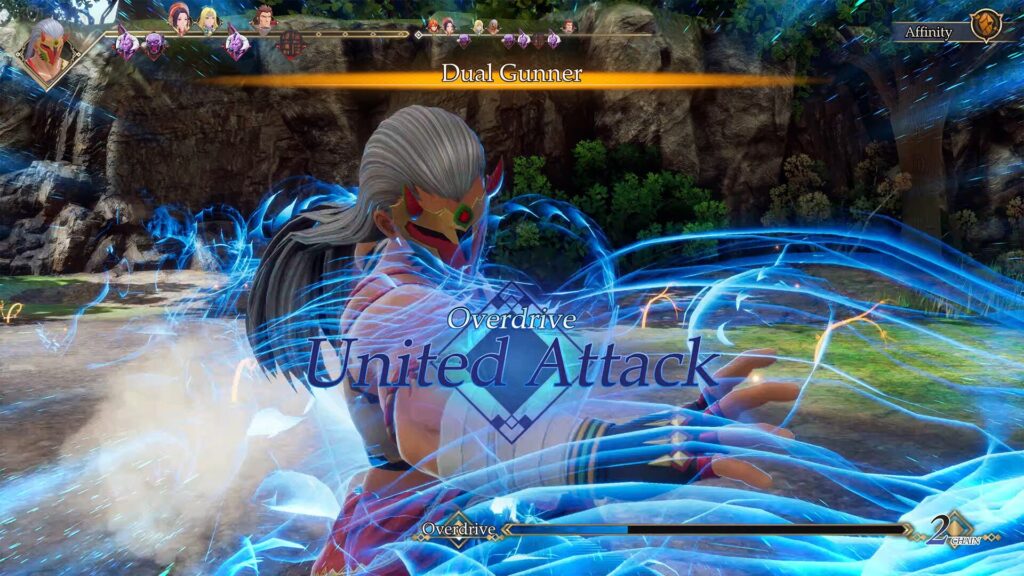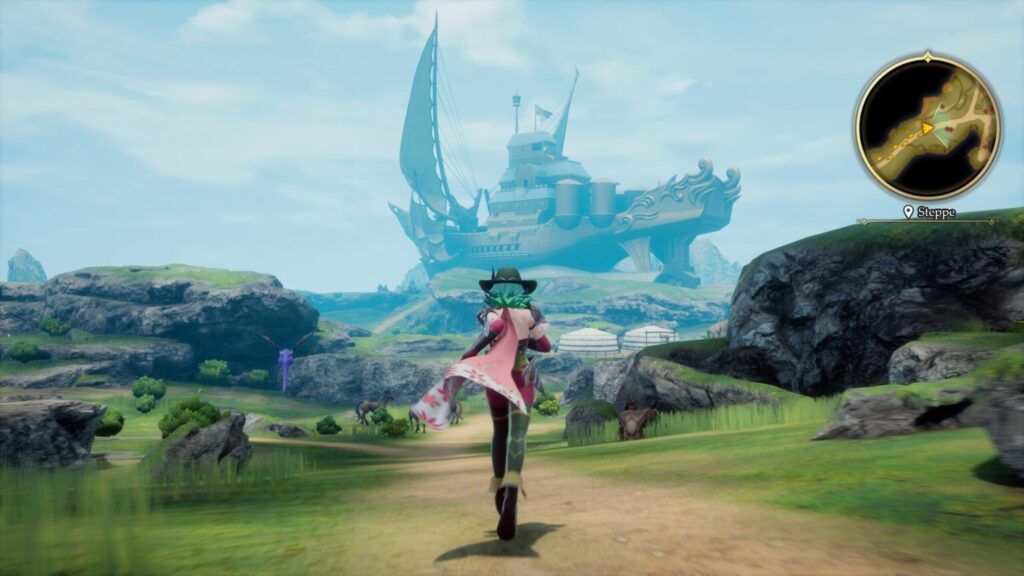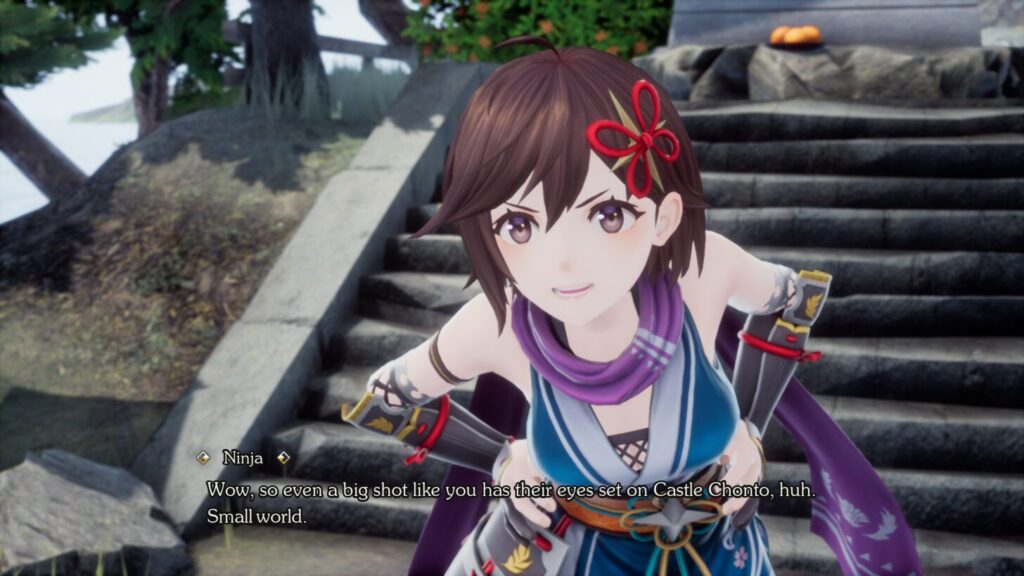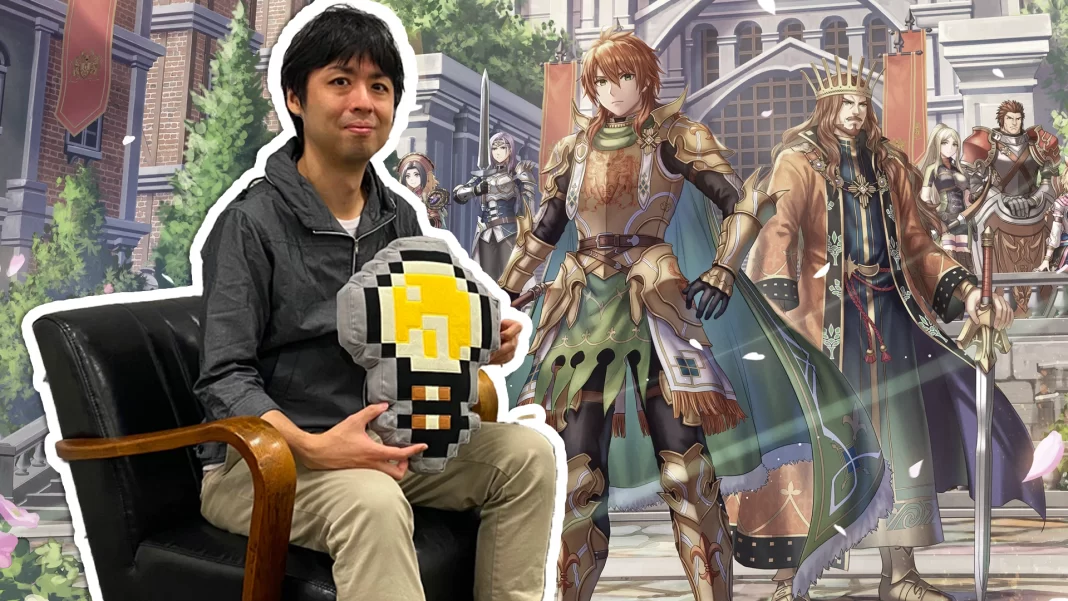With the launch of the new remake in the series, Romancing SaGa 2: Revenge of the Seven we had the unique opportunity to interview the game’s producer, Shinichi Tatsuke!
In this interview, we can see a bit more of the vision of the series producer on the challenge of rebuilding a game without its original material, his favorite questline,e and his vision of Western and Japanese RPGs!
Romancing SaGa 2: Revenge of the Seven is an absolutely content-packed game with a lot of mission objectives that start chain reactions into other quests and features that were already ahead of their time in the original game. Even with the original material as a base, was it still a challenge to face the task of remaking this game?
Since we didn’t have the design documents or specifications of the original game, we started playing the original game and mapping the story routes present and defining how each story would affect others. So, since we had many parts that were hard to understand se left as the original was, first we implemented the scenarios how it is in the original and then complemented the bits that were not clear enough.

I suppose that in the process of developing Romancing SaGa 2: Revenge of the Seven, there were several points in the original game that became debated among the team as to whether it deserved to be altered from the original. Be it to adapt to nowadays standards, for balance reasons, or even quality of life for the player. As the Producer, what was the thinking that you and your team had tackling points that needed to be changed or better adapted for the remake?
It was decided to keep the same world vision, the plot, and the systems of the SaGa franchise, such as Glimmers and Formations, as it were in the original. Our approach was to implement improvements in gameplay that were less intuitive than in a modern RPG. For example, in the original’s battle system, the player would select commands of the 5 characters first and then they would execute these commands. But in this remake, a modernized timeline system was implemented, where each character acts immediately after the player issues the command, which I think significantly improves the rhythm and battle dynamics. We also turned the enemy’s weaknesses (once discovered) visible and added a lamp icon to indicate what skills had a better chance of triggering a Glimmer. I think these updates make the experience more intuitive and engaging.
The thing I liked the most about Romancing SaGa 2: Revenge of the Seven is that the game revolves around quests that have repercussions on other objectives. Could you tell me what is your favorite quest and the quest that was the toughest to work on in the remake? Personally, I love the Mermaid Quest and the long and complex journey it sets off for the player to do.
I like the Cumberland questline. In this quest, there is a theme around the succession in the Cumberland’s thorne with really varied routes that can be taken, there is even some tension around the kingdom’s collapse in some cases, which I found quite thrilling. In the remake we “loosened” the conditions compared to the original to avoid the collapse since we saw new players tended to collapse their kingdoms at a considerable rate when we did the initial testing of the game.

SaGa was always a series that had a hard time finding its audience in the West and Romancing SaGa 2: Revenge of the Seven is, in my opinion, the best game of the series so far, being very accessible in its mechanics and having a nice sense of visual design and style. Is there a chance that we will get more remakes like this one or even a Romancing SaGa 4 in the same scope this remake has?
Thank you very much. I’m happy to hear that. If this title goes well, I believe this will help us take the next step, so please, wait for the future of the SaGa franchise.
For us in the West, we have a very “standardized” way of looking at RPGs coming from Japan. Usually, we expect to see a linear progression game with a big focus on the plot, characters, and battle mechanics that are usually very focused. SaGa delivers games that are more like what people in general expect to see in classic-style western RPGs. As a developer, how do you see the difference between these two styles of making game,s and what really differentiates games from the West and those from Japan?
As you mentioned, the SaGa titles are structurally similar to Western open-world games. Not only is there freedom in the progression order, but the subsequent developments change depending on the choices you make. Many JRPGs focus on story and the game frequently rolls out like a movie. On the other hand, I feel like the first titles in the SaGa franchise focus on experiences, and the story exists more like a vehicle that delivers these experiences.

To close this interview, would you have a message for the players in Brazil who are either already fans of the SaGa series or are being introduced for the first time with Romancing SaGa 2: Revenge of the Seven?
While in a standard RPG, the player lives a slice of the life of a single protagonist, in this game the player assumes the role of an Emperor, passing the Imperial throne to the future emperor, one after the other. This game was remade to be more accessible in the current era. The game offers a selection of difficulty levels, making it accessible not only to the original fans but also to new players. A demo version is also available, so please, try it.
Romancing SaGa 2: Revenge of the Seven is already available for PlayStation 4, PlayStation 5, Nintendo Switch and PC by Steam.









